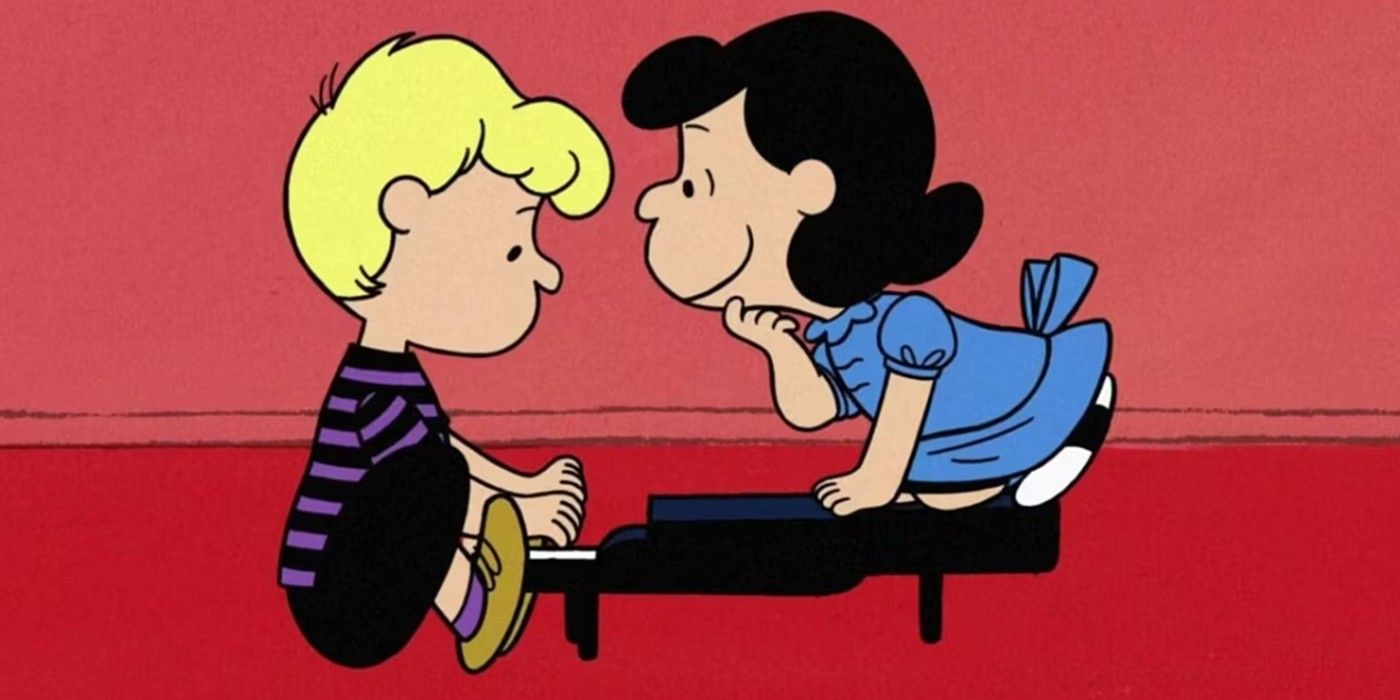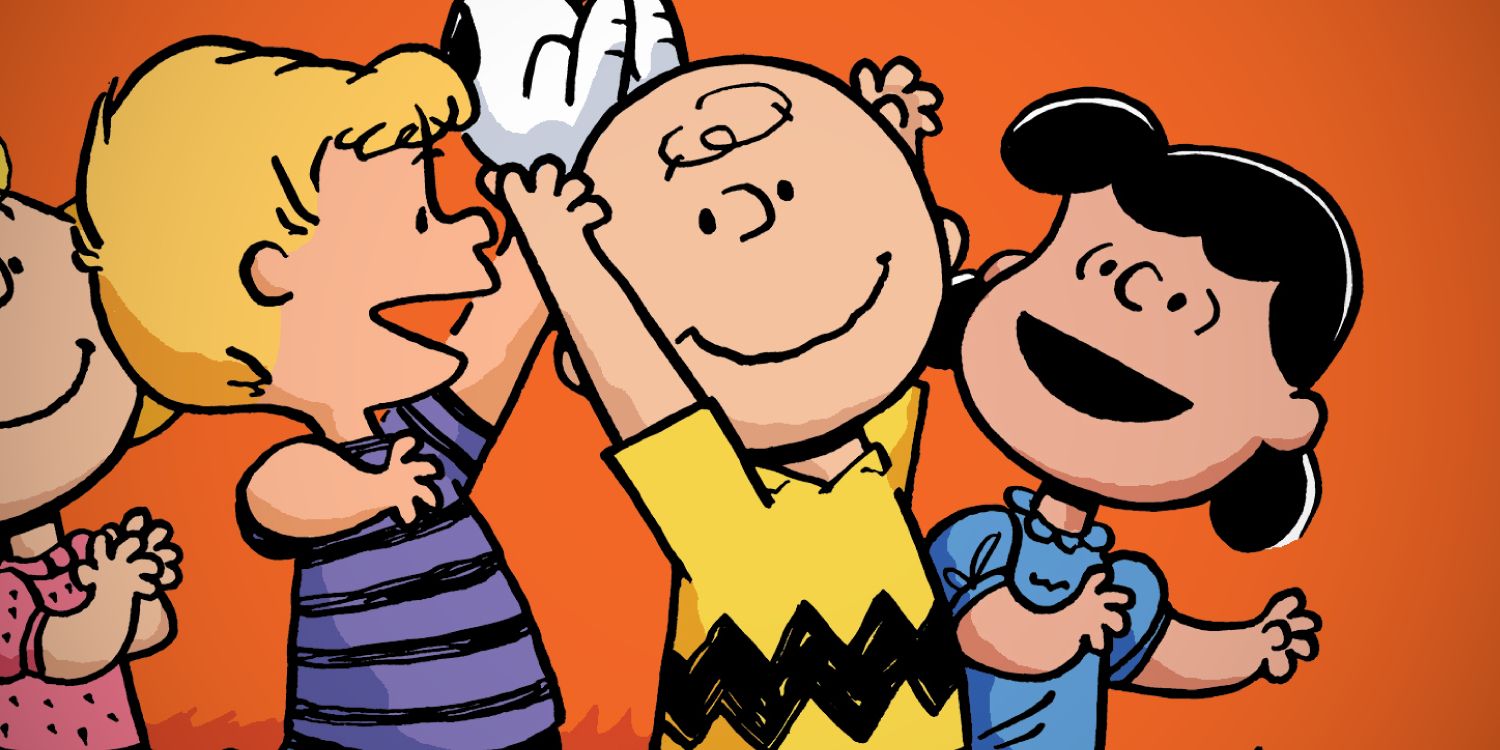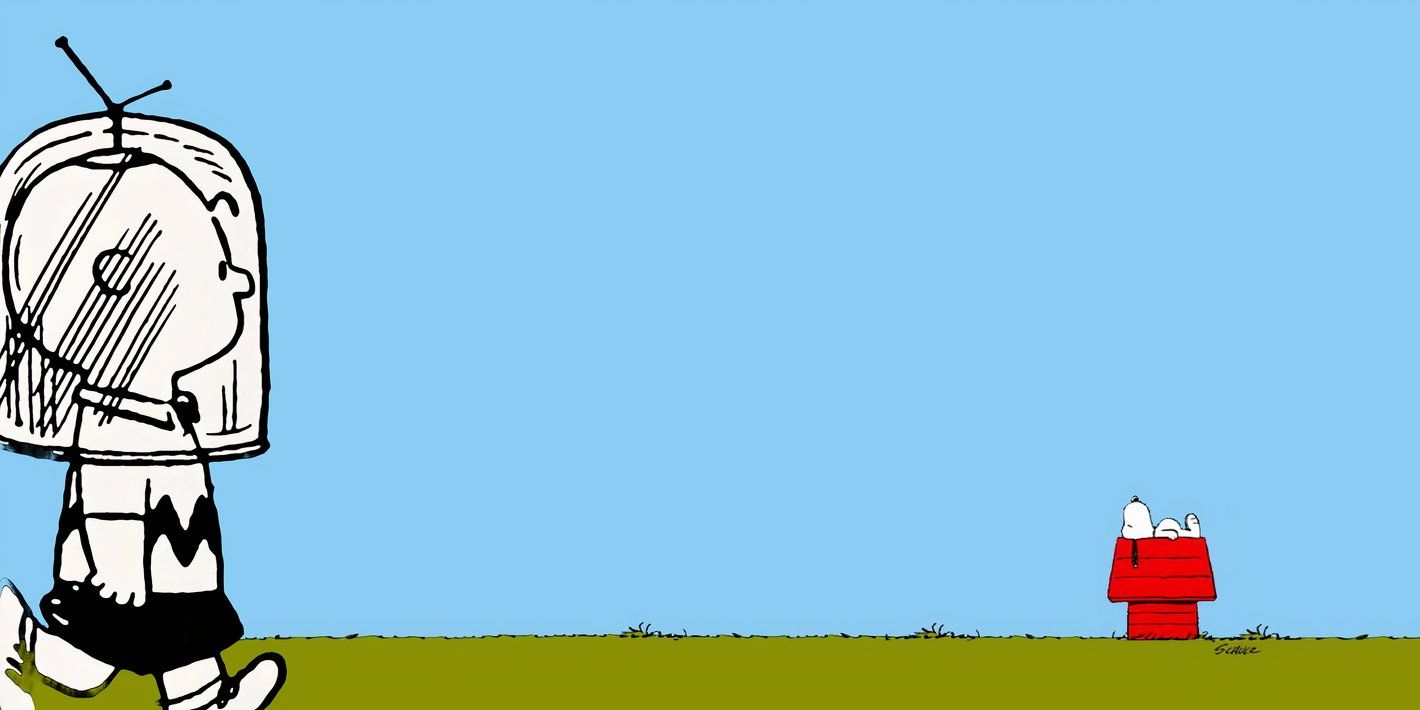As I have started to become more familiar with Peanuts, it has come to my attention that one character in Charles Schulz's legendary comic strip seemingly knew he was in a cartoon the whole time: Schroeder. Peanuts only broke the fourth wall a handful of times over the years, and somehow, Schroeder always seemed to be involved.
Schroeder first acknowledged he was a comic character in an early Peanuts strip from 1952. At that point, the comic had only been running for two years of its eventual five-decade run, and in retrospect, I understand that it was still a very formative time for Schulz and his characters.

Arguably Peanuts most iconic fourth-wall break came much later, in 1990, as the strip entered its final decade – and once more, Schroeder was at the center of it, in a hilariously sly bit of continuity from the long-running series.
"Transfer To A New Comic Strip": Schroder's First Fourth-Wall Break, Explained
First Published: October 1, 1952

The first time Schroeder broke the fourth-wall – and from what I can determine, this was the first time any Peanuts character did so – it was the result of discontentment, after Charlie Brown brushed off his excited discovery that he possessed perfect pitch. "Sometimes I think I should put in for a transfer to a new comic strip," Schroder said as he stormed away, in a punchline that was unusually self-referential for Peanuts, one that would rarely be repeated in the history of the cartoon.

Related
10 Funniest Peanuts Comics That Just Turned 50 (The Complete Saga of Lucy Destroying Schroeder's Piano)
Lucy resorts to drastic measures to win Schroeder's heart in this hilarious Peanuts storyline, which just celebrated its fiftieth birthday.
If I can riff on Charles Schulz's own wordplay in this comic, the joke here comes out of left field. Why the pay-off to the set-up in this Peanuts strip is a fourth-wall break, we can only speculate, but it is made even stranger by the fact that Schulz seldom, if ever, injected this kind of meta-humor into his work again. That is, at least not so directly. Years later – decades, in fact – he did dabble in self-referential Peanuts humor in a more subtle, but ultimately way more satisfying way.
Snoopy And Woodstock Use Schroder's Tunes As A Racetrack: Peanuts' Greatest Fourth-Wall Break, Explained
First Published: October 8 To October 12, 1990
This sequence of Peanuts panels is the most memorable instance in which Charles Schulz made Schroeder's piano music a material presence in the comic that other characters, notably Snoopy, interacted with. Schulz had played with this idea in several previous panels, but to me, this is the greatest elaboration of the joke, as Snoopy runs across the lines of music in one panel, and then in the next, has seemingly determined that it makes the perfect track, returning with Woodstock and another bird and orchestrating a race between the two.

Related
"Shut Up And Leave Me Alone": The Weirdest (And Possibly Rudest) Kid In the History Of Peanuts, Explained
In 1971, Charlie Brown had the displeasure of bunking with "Shut Up and Leave Me Alone" at summer camp, testing the Peanuts Gang's eternal optimist.
In a reversal, these panels were followed by one in which Schroeder ruminates, "musicians play a lot of love songs, but they don't really hear them, do they?", to which Lucy replies, "actually, they don't hear anything!" Of course, she is forlornly referring to the fact that Schroder is obtuse to her love, but the absence of the music notes in this strip is striking, in contrast with the preceding days. In any case, it is interesting that of the voluminous number of Peanuts cartoons, so few actively broke the fourth wall, yet when they did, Schroeder was involved.
Looking For A Pattern

The more I think about it, the more I find it fascinating that so many of Peanuts' fourth-wall breaking punchlines can be tied back to Schroeder. If you had asked me before I started this deep dive, I would have guessed it was Snoopy, given his penchant for flights of fancy and fantastical thinking. What I appreciate about this is the fact that it tells me there are likely more surprising patterns to uncover throughout Peanuts' history – which makes me all the more excited to continue looking for them.
Something about the nature of Schroeder as a character made him the perfect avatar for the author to gently play with self-awareness and self-referentiality in Peanuts ; it simply remains elusive to me what that quality is.
Still, I can't exactly put my finger on why Schroeder became Schulz's favored member of the Peanuts Gang for meta-humor. Except it seems to me that it wasn't entirely coincidental. That is, something about the nature of Schroeder as a character made him the perfect avatar for the author to gently play with self-awareness and self-referentiality in Peanuts; it simply remains elusive to me what that quality is – though if I'm struck by any further insight, I'll be certain to elaborate on the subject further.
Character Asides And Soliloquies: Other Instances Where Peanuts Dabbled In Breaking The Fourth Wall
First Published: July 18, 1963

Now, admittedly, I'm being a little restrictive with my definition of a fourth-wall break. I am focusing on moments where the characters presented awareness of the medium they existed in. From what I can tell, these scattered instances involving Schroeder are the only examples – but I would love to hear about other instances that I have overlooked from readers in this article's comments thread. Peanuts ran continuously, seven days a week, for fifty years, meaning there are nearly twenty thousand strips to go through, and my search so far has been far from exhaustive.
I think Schroeder can, at least playfully, be called the only Peanuts character who knows he is in a comic strip, and he was aware of this reality from early on in the comic's history.
Throughout Peanuts, there are occasions where the characters turn and address the reader directly – and these are arguably fourth-wall breaks, but to me, they are more akin to examples of a soliloquy, or character aside, in a play. These characters might be speaking to the fourth wall, but they aren't necessarily breaking it. With this distinction in mind, I think Schroeder can, at least playfully, be called the only Peanuts character who knows he is in a comic strip, and he was aware of this reality from early on in the comic's history.
Peanuts Lore Is Vast & Easy To Get Lost In – Help Me Identify More Peanuts Fourth-Wall Breaks
Shout Out Strips I May Have Missed

As mentioned, I have done my best to conduct an extensive search through Charles Schulz's magnum opus – but of course, there are certainly meta-Peanuts jokes, and self-referential character moments, that I have missed, or misclassified. That's why I want to issue an open call to Screen Rant's readers – if there is a fourth-wall break, or character aside, starring Schroeder or otherwise, that I did not cover here, please sound off in the comments. One of the things I love about researching Peanuts is how my perspective on the strip and its history is always evolving, sometimes rapidly.

Related
All 10 Of Peanuts' Hilarious "Mr. Spaceman" Comic Strips (That Time Charlie Brown Pretended He Was From Mars)
In March 1955, Charlie Brown briefly adopted the alter ego of "Mr. Spaceman," until Lucy took control of his out of this world make-believe scenario.
The more I have come to learn about Charles Schulz, the greater appreciation I have developed for him as a creative force, and a singular artistic talent, one who helped shape a medium, in both form and style, and dominated it for a full half-century. Breaking the fourth wall might have been a quirk Schulz only seldom indulged in, but that is what makes these cartoons an even more valuable example of the breadth and dexterity of what Peanuts could do to evoke a laugh from readers throughout its run.









 English (US) ·
English (US) ·